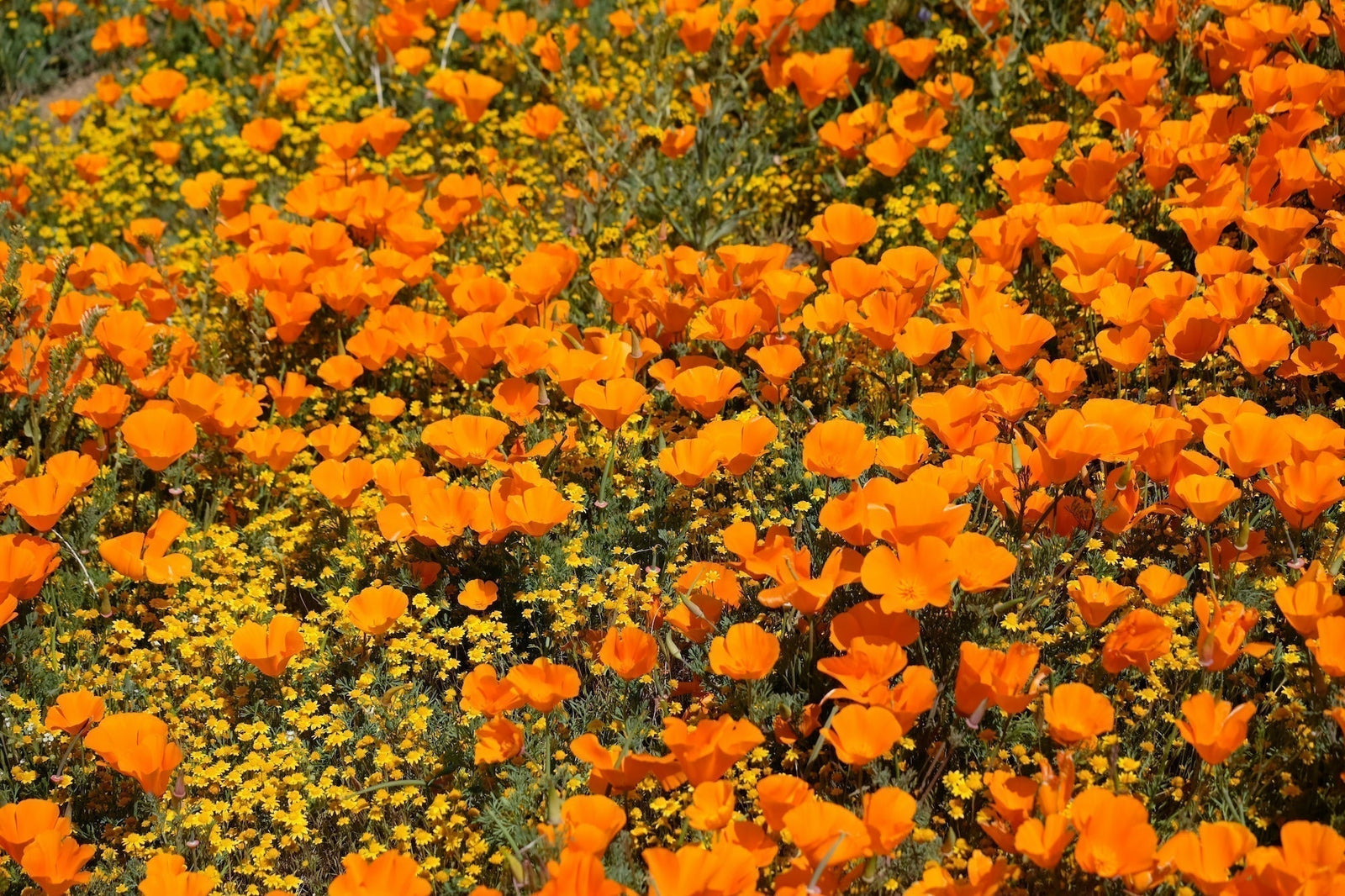
START NOW TO TRANSPLANT IN SPRING
A great way to shake off the winter blues and get a jump on spring is to start plants from seed indoors. It’s not only fun and easy to do but also rewarding, since it allows home gardeners the opportunity to grow plant varieties that may not be available from local plant growers. The opportunities are endless with many unique varieties of flowers, vegetables, and even ornamental vines available in seed form.
To get started, come visit our seed department. Once you have made your selections, look on the back of the packet for basic information such as germination time and an estimate of how long to grow the plant indoors before transplanting into the garden. Find out the average safe date for transplanting your plant in our area, and then count backwards to find out how early you can start your seeds. If you have a greenhouse or cold frame to transplant into, adjust accordingly. Flower Guide.

The easiest and best containers to use are Grangetto’s Speedy Roots, pre-filled seed starter trays. Another option is to use peat pots, but plastic or clay pots will do just fine in a pinch. If using containers from a previous growing season, wash them with a solution of one part household bleach to nine parts water to sterilize them. This helps prevent the transfer of disease
For good germination results, fill your containers with a light soil mix that has good drainage and moisture retention properties. Potting soil is best for this. Make sure to wet your soil mix and allow it to drain before sowing the seeds into your containers.

Find a warm location in your home with plenty of light, or an area where you can mount a light above the plants. Most plants only need moisture and warmth to germinate, but will need the light to grow once they sprout leaves. Plain fluorescent light bulbs are fine when starting seeds but consider using at least one “grow light” tube if you are going to keep the plants under lights for an extended time (if you are trying to get full-sized plants by transplant time, you’ll need a grow light or a very bright window). Remember that seedlings will quickly become weak and leggy plants if they don’t receive enough light.
In warmer regions you can generally skip the lights and indoor placement and place your trays outside to get natural sun and cover them up at night with frost cloth when temperatures drop. You can also move them indoors at night.
Seeds generally need a soil temperature above 65º to germinate. If you have trouble maintaining that temperature, consider using a heating mat. Covering your containers with plastic will help hold in moisture and create a humid environment that encourages the seed to germinate.
Make sure your plants don’t get too hot under the plastic, especially if you have the containers in a sunny area or under a warm light. Remove the plastic as soon as you see any signs of germination. Keep the soil mix evenly moist, and use lukewarm water if possible. Water very gently to avoid disturbing the tender seedlings.
When your seed germinates, it will send up a sprout with two seed leaves called cotyledons. After that, true leaves will follow. Begin feeding your seedlings weekly with a half-strength solution of fertilizer (ask us which is best for what you are growing) when the first true leaves develop. Continue feeding the seedlings until they are ready to be transplanted. The plants will be ready when the entire root ball is held together by the plant roots.
Make sure to harden off your plants before transplanting them into the garden. (“Hardening off” is the process of acclimating plants to the light, humidity, and temperatures found outdoors.) Start by placing your seedling containers outdoors in a shaded, sheltered location for a couple of hours per day. Gradually increase the time spent outside by an hour each day for at least a week before transplanting the seedling. With the exception of tomatoes, plant the seedlings at the same level they were grown in their pot. Tomatoes can be buried deeper than they grew in the pot–they will grow roots from the buried portion of the stem.
After transplanting, if your neighbors ask where you bought all those wonderful plants, just tell them, “They’re truly homegrown!”



